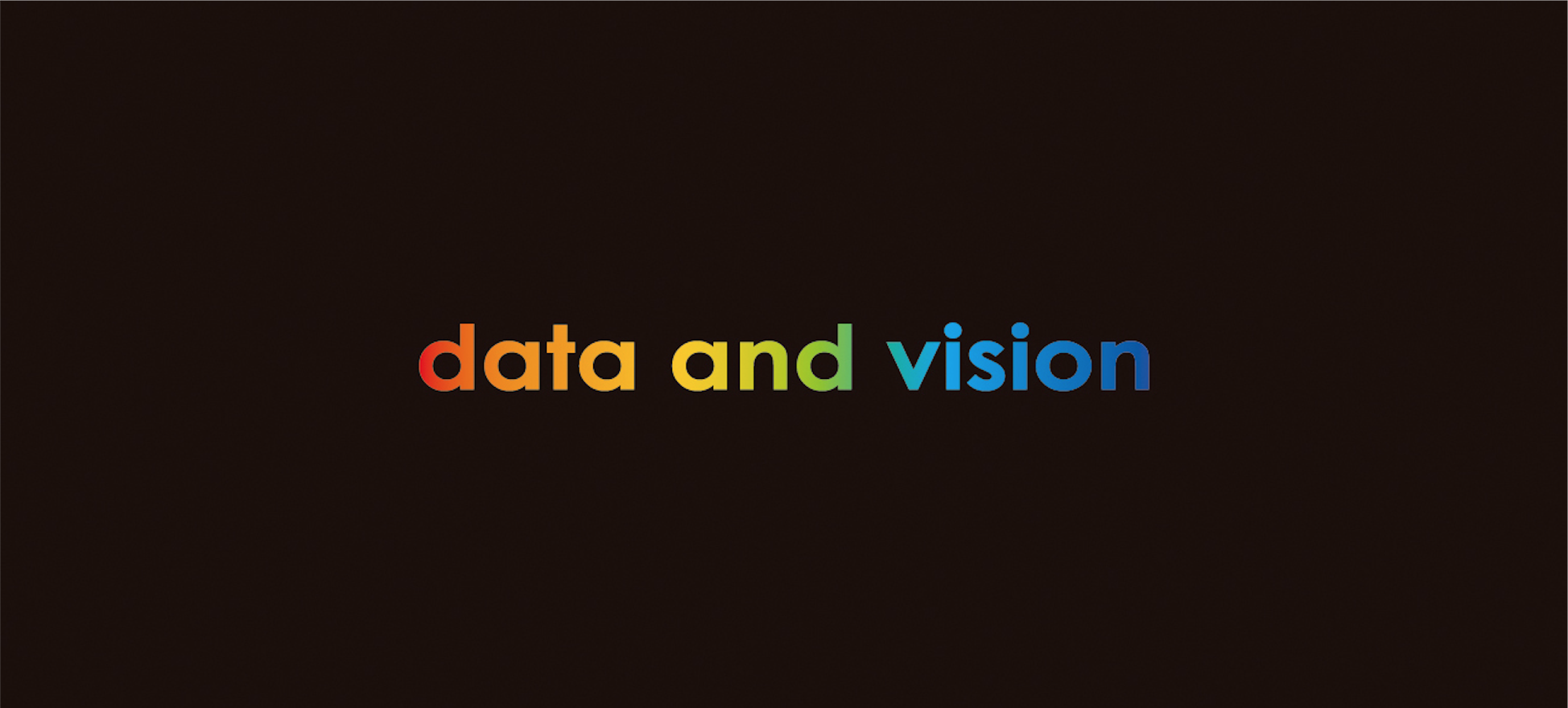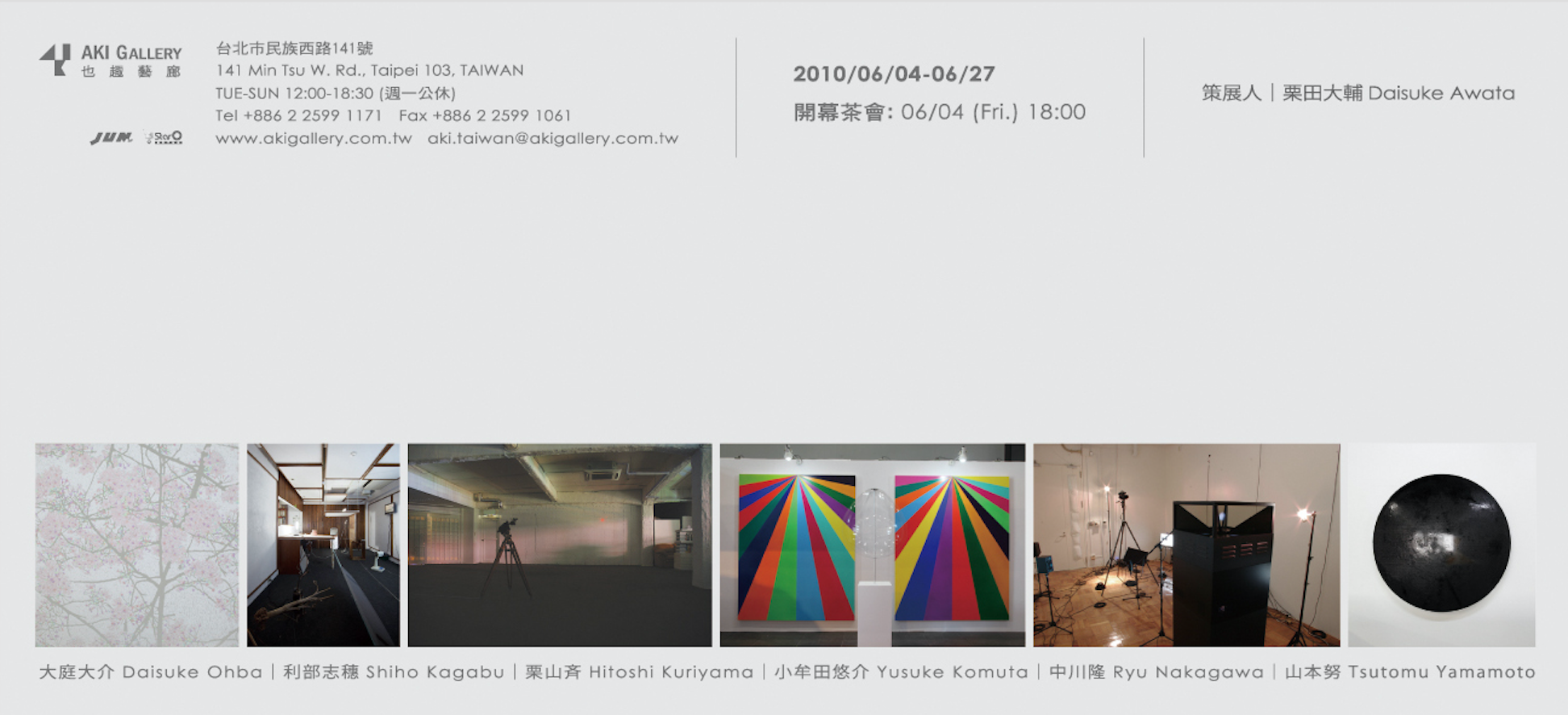PROJECT
data and vision
2010.06.01
台湾のAki galleryでおこなわれた「data and vision」を企画・制作しました。
***
data and vision @ Aki gallery, Taipei
2010.6.1-6.27
大庭大介、利部志穂、栗山 斉、小牟田悠介、中川 隆、山本 努
Daisuke Ohba / Shiho Kagabu / Hitoshi Kuriyama / Yusuke Komuta /
Ryu Nakagawa / Tsutomu Yamamoto
organized by 粟田 大輔 Daisuke Awata
cordinated by island
Performance by Shiho KAGABU/data and vision →Perforrmance movie
AKI gallery / Tue-Sun 12:00-18:00
141, Min Tsu W. rd., Taipei 103-69, TAIWAN
Tel 886-2-2599-1171 / Fax 886-2-2599-1061
www.akigallery.com.tw
1995 年のいわゆる「インターネット元年」から15年を経た現在、情報環境があらたなアーキテクチャーあるいはそれにともなうコミニュケーションを生み出すなかで、ネットの想像力が圧倒的な情報量を背景に加速度的に拡大しているのは周知のとおりであろう。ただし、こうした想像力が「引用」の構造によって生成されていることに目を向けるならば、一方でかつて美術評論家の宮川淳が指摘しているように、美術における「引用」の作法がデュシャンのレディメイドによって召喚されたことはあらためて注視すべき点のように思う。
日本においてこうした議論は、芸術とテクノロジーの問題をふまえながら、たとえば「手の失権」(宮川、1969年)を基点に1960年末から1970年代において「《つくる》という概念の崩壊」へと向かったが、本展覧会では、宮川の論じた「創造/鑑賞という文脈そのものを宙吊りにする」というブリコラージュ的地平を相対化しつつ、再提起することを意図している。それは言うならば、「つくる」という行為もまた「引用」の構造としてとらえることはできないかということである。「つくる」という行為あるいはその結果を単一性(一回性)の観点からとらえるのではなく、連環をともなうフィードバックの結節点とみなす。結果として作品は一種のデータのような機能を果たし、「背後」にあるシステムと連動することによって、複数性を潜在化させた可能態として様相(ヴィジョン)をあらわにする。われわれはこうした地平において、「創造/鑑賞」といった関係が書き換えられるような「引用」のマトリックスへと投じられていると思うが、果たしてどうか。
1995 was the year in which internet use really took off, and fifteen years later, as information environments generate new architectures and the concomitant communications, it is evident that the imaginative power of the net is growing at an incredible rate, sustained by a deluge of data. However, if we note that in structural terms, this imaginative power is generated by ‘appropriation’, it is worth reexamining the fact that as art critic Atsushi Miyakawa has pointed out, it was the readymades of Duchamp that summoned the propriety of’appropriation’.
Discussion along these lines in Japan from the late 1960s into the 1970s, while touching on problems in the arts and technology and taking as a point of reference for example Te no shikken (The hand’s forteiture of rights) (Miyakawa, 1969), led to the ‘collapse of the concept of “making”‘, but the intention of this exhibition is to contrast and posit anew bricolage-like horizons that ‘try to suspend the context itself of so-called creating/viewing’ discussed by Miyakawa. To do so would in turn mean viewing the act of ‘making’ as a construction of ‘appropriation’. data and vision does not grasp the act of ‘making’ and its outcomes from a unitary (once-only) viewpoint, but sees it as a node for feedback accompanied by links. As a result works of art function as data of sorts, and by connecting with background systems, reveal a vision of potentiality of latent plurality. In such horizons we feel that we are being thrown into a matrix of ‘appropriation’ in which the relationship between creation and appreciation has seemingly been rewritten – but have we?


